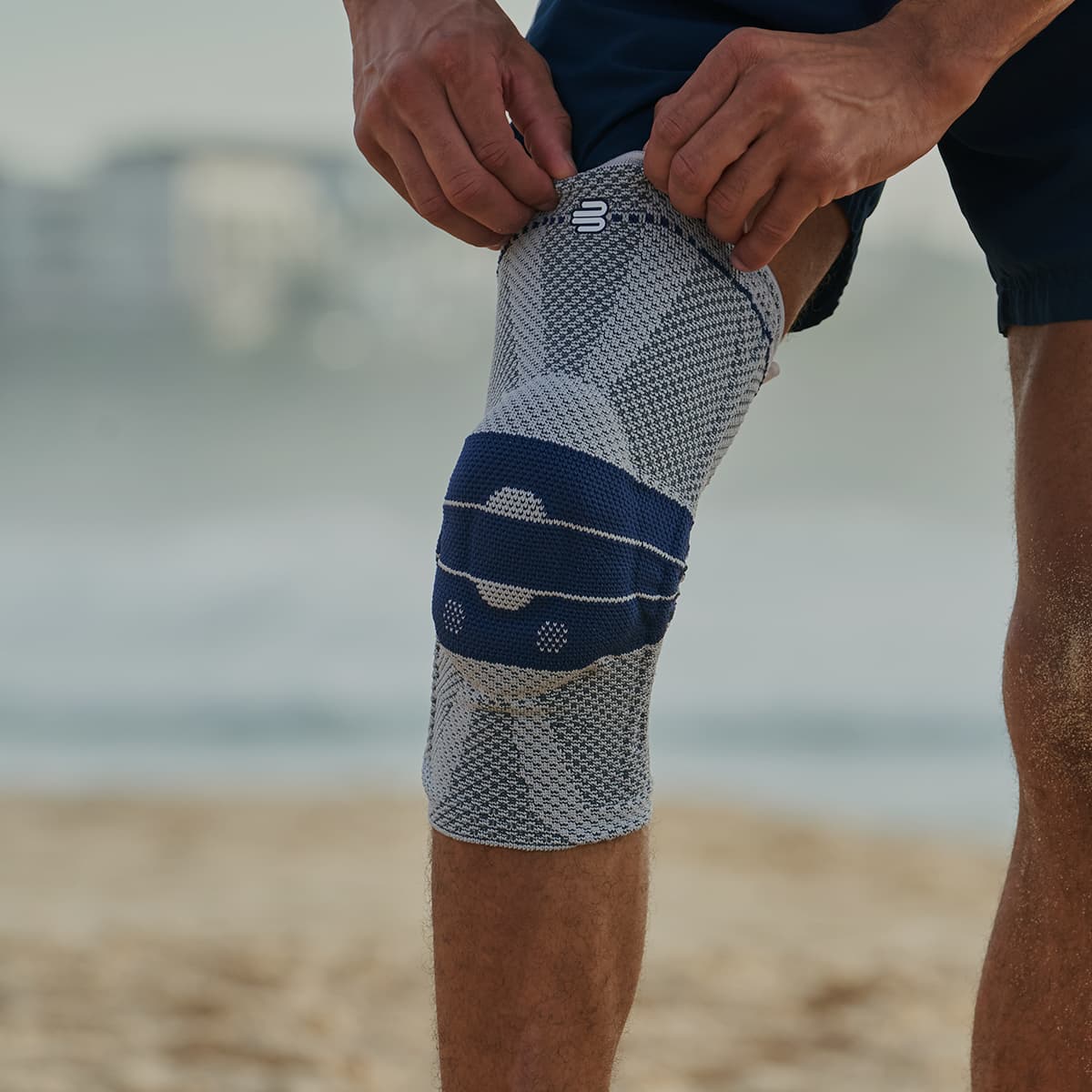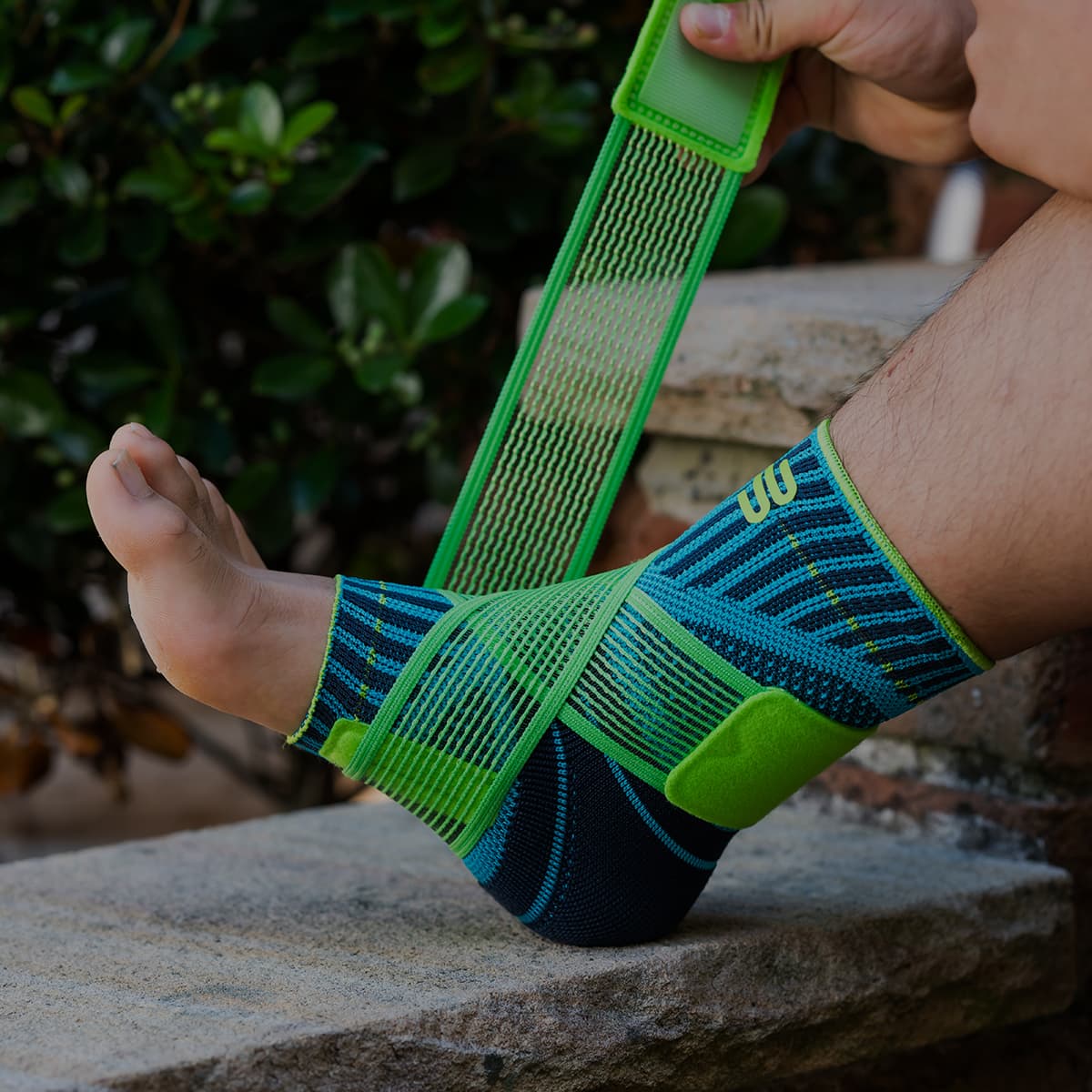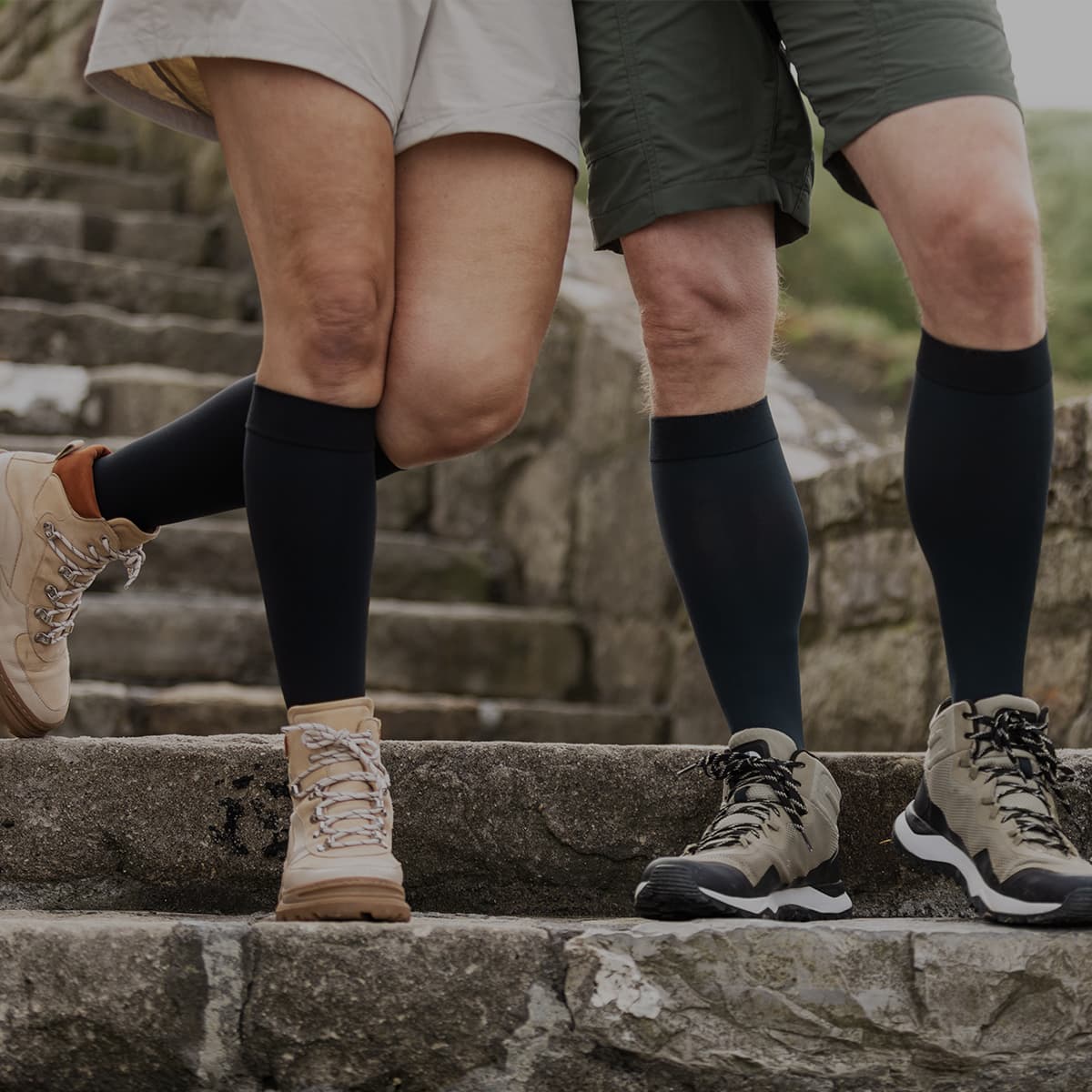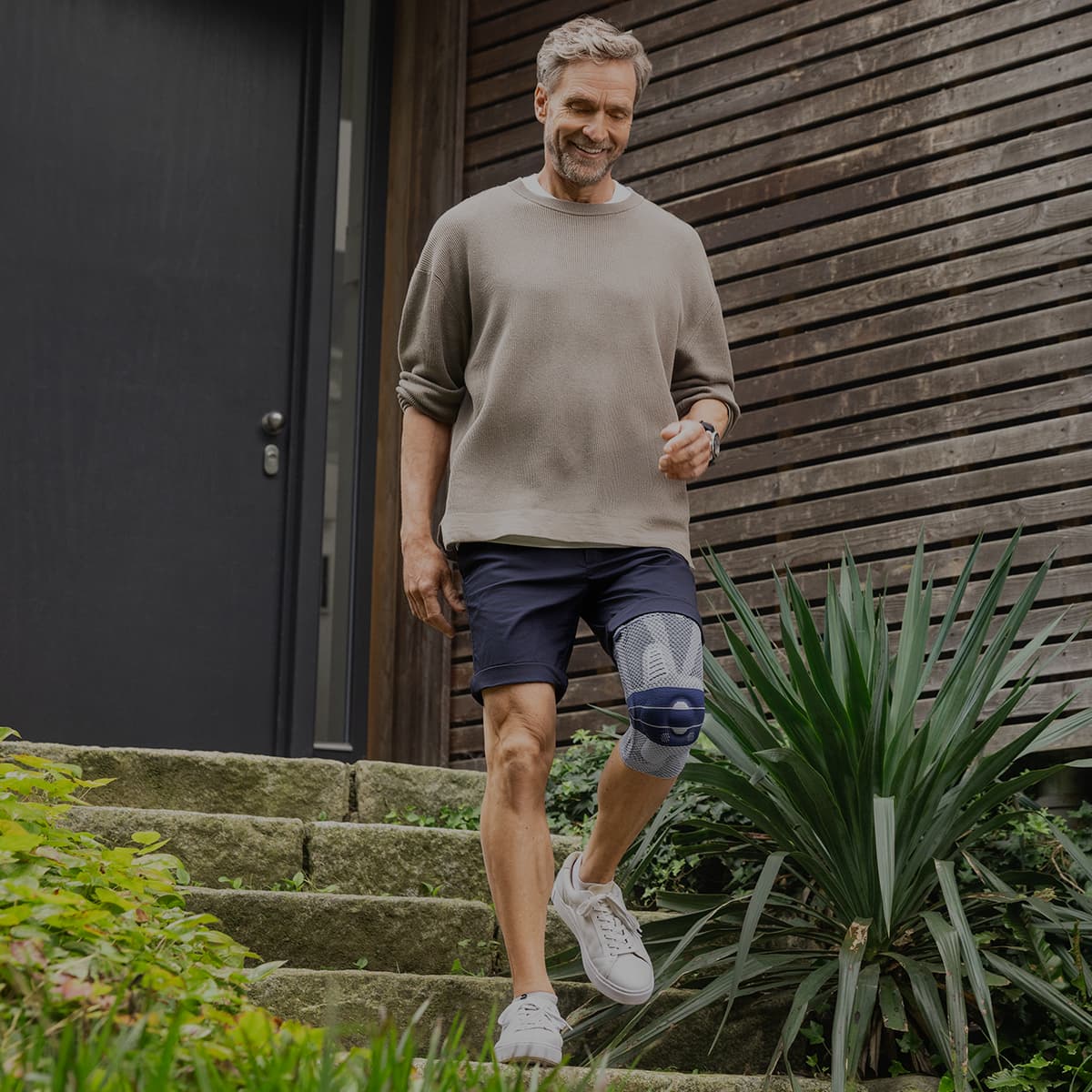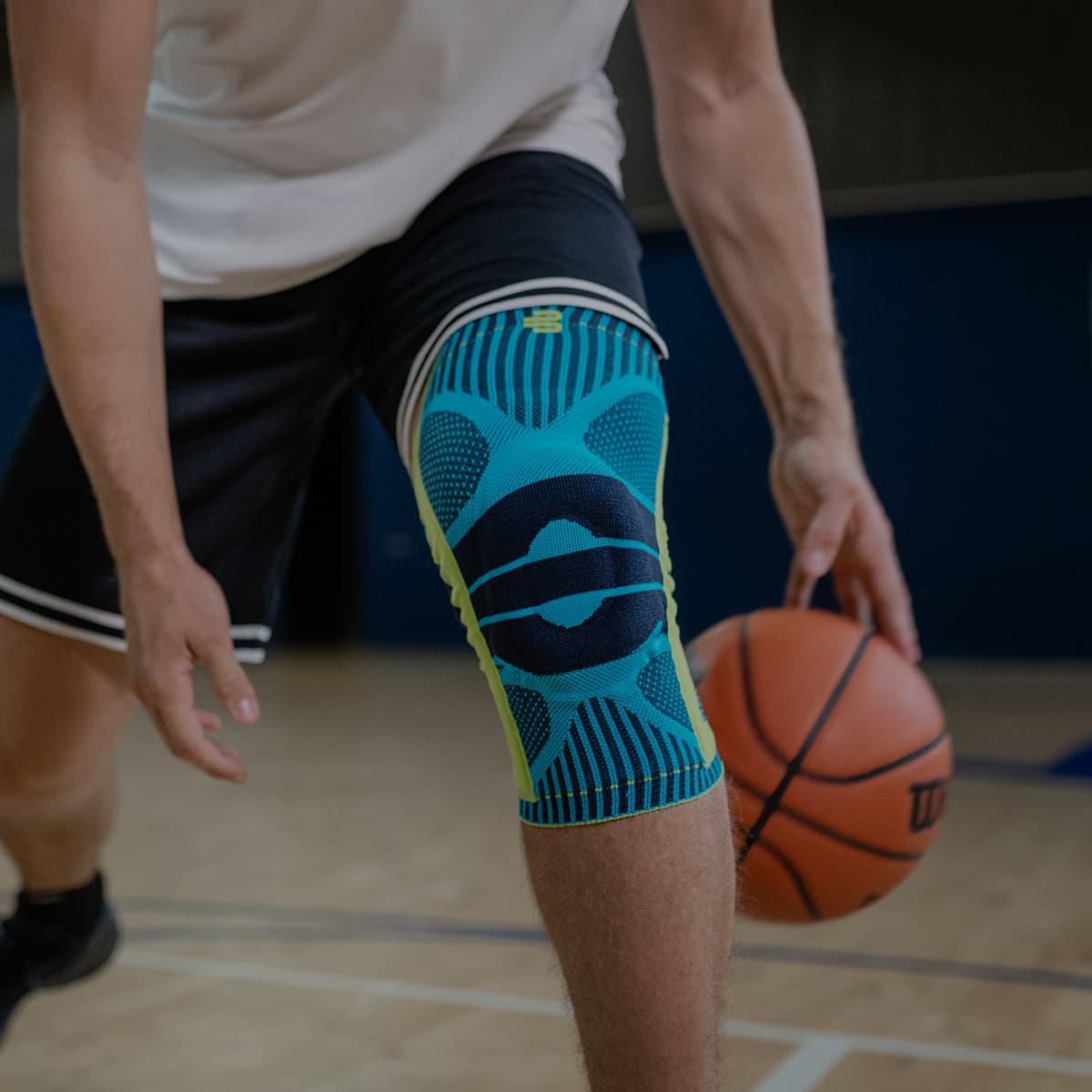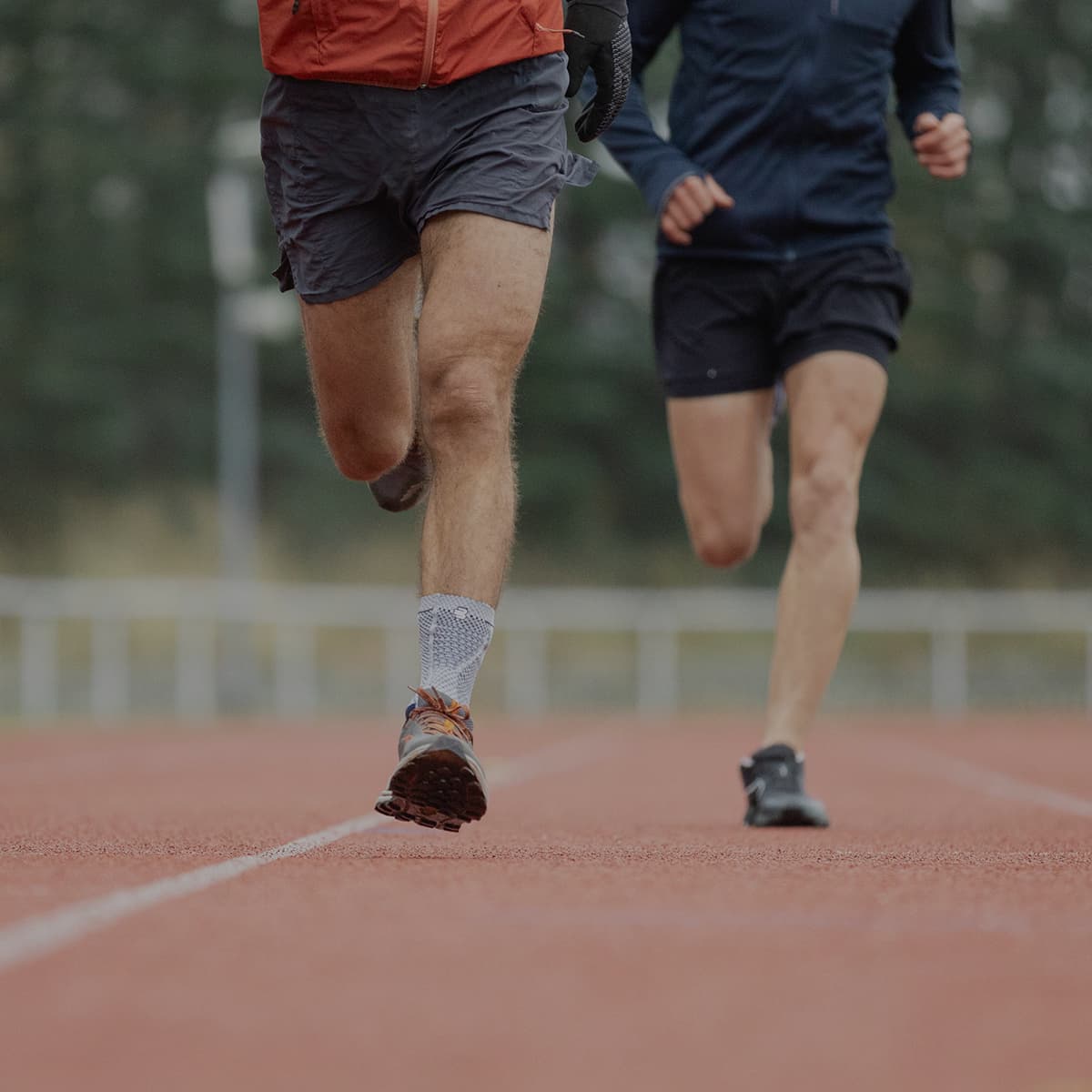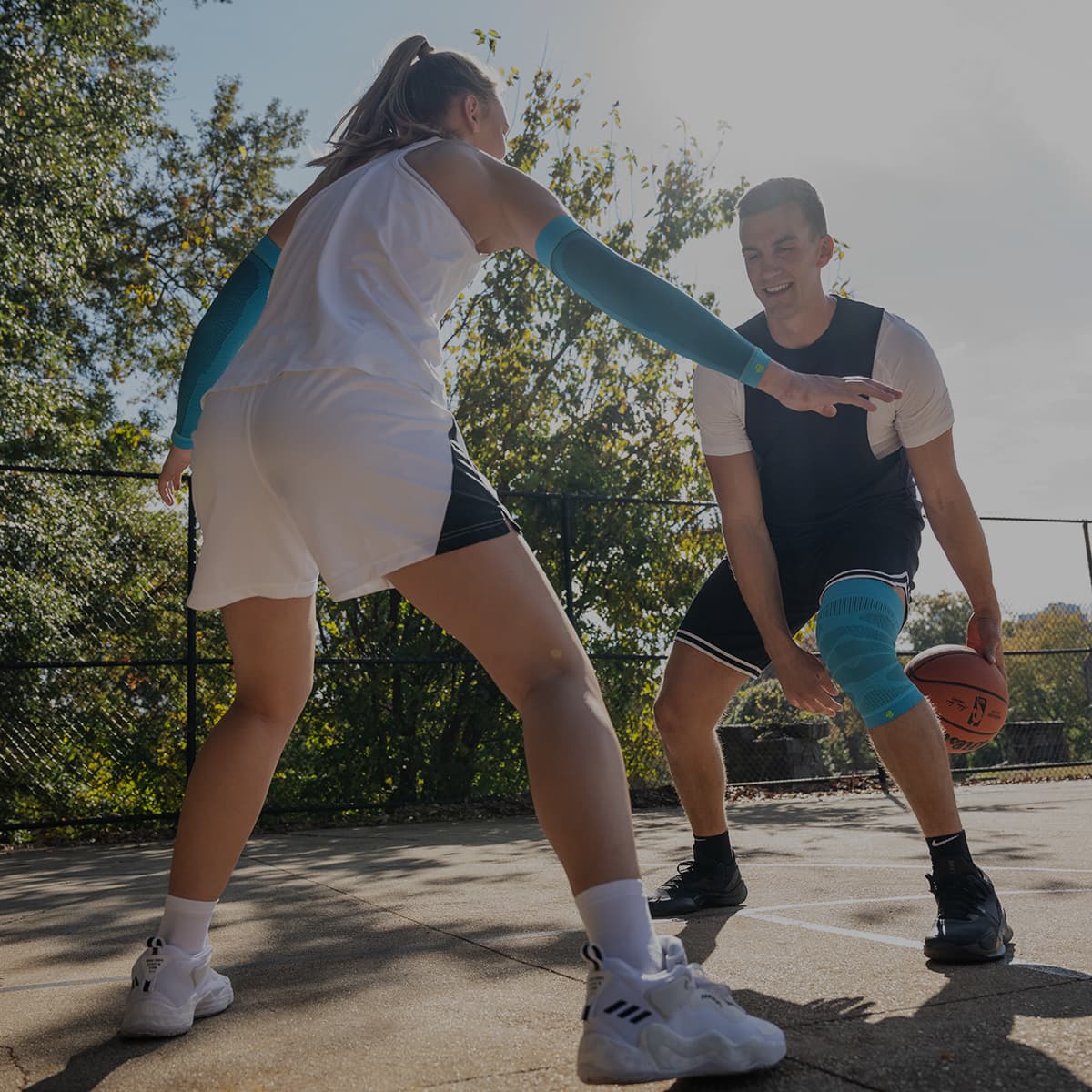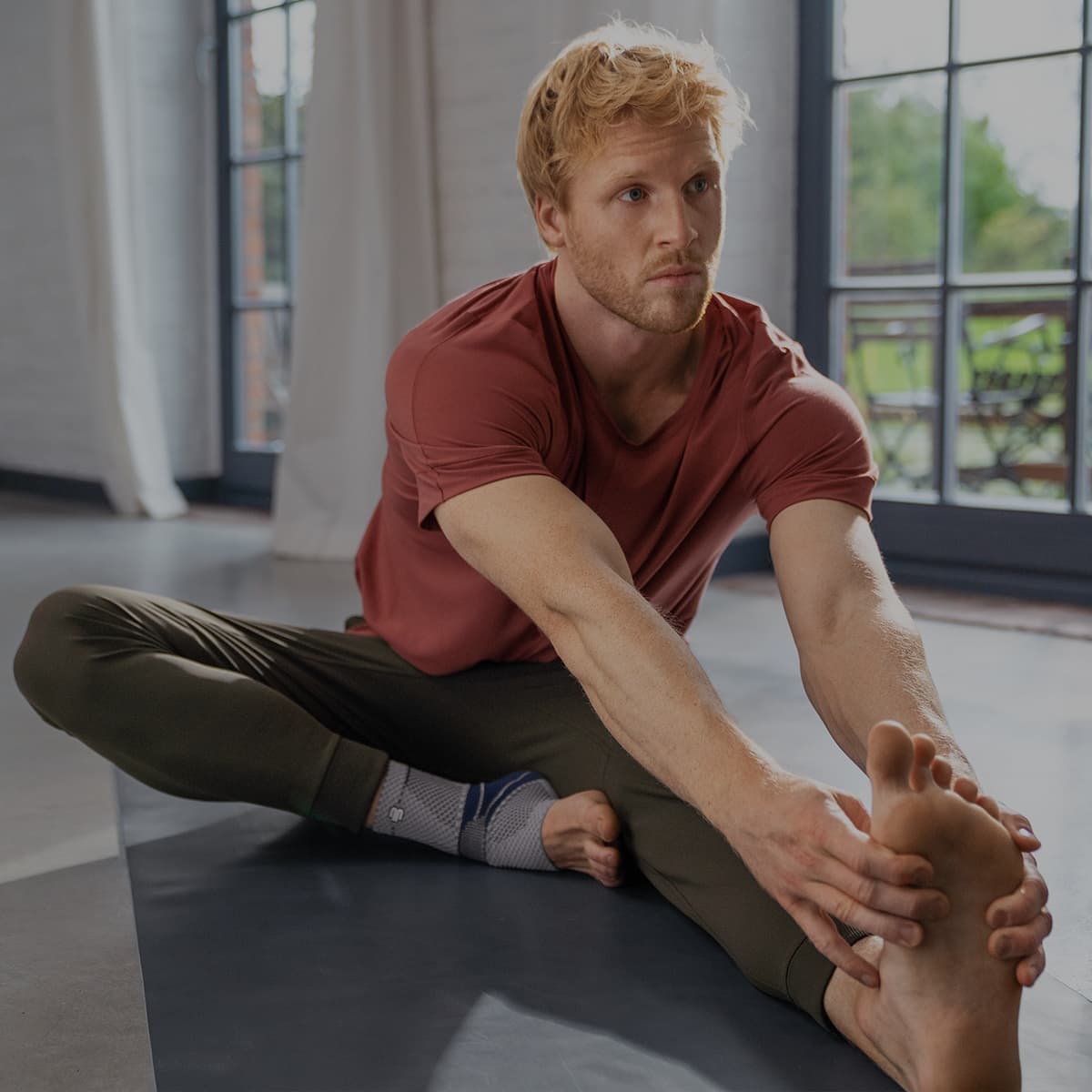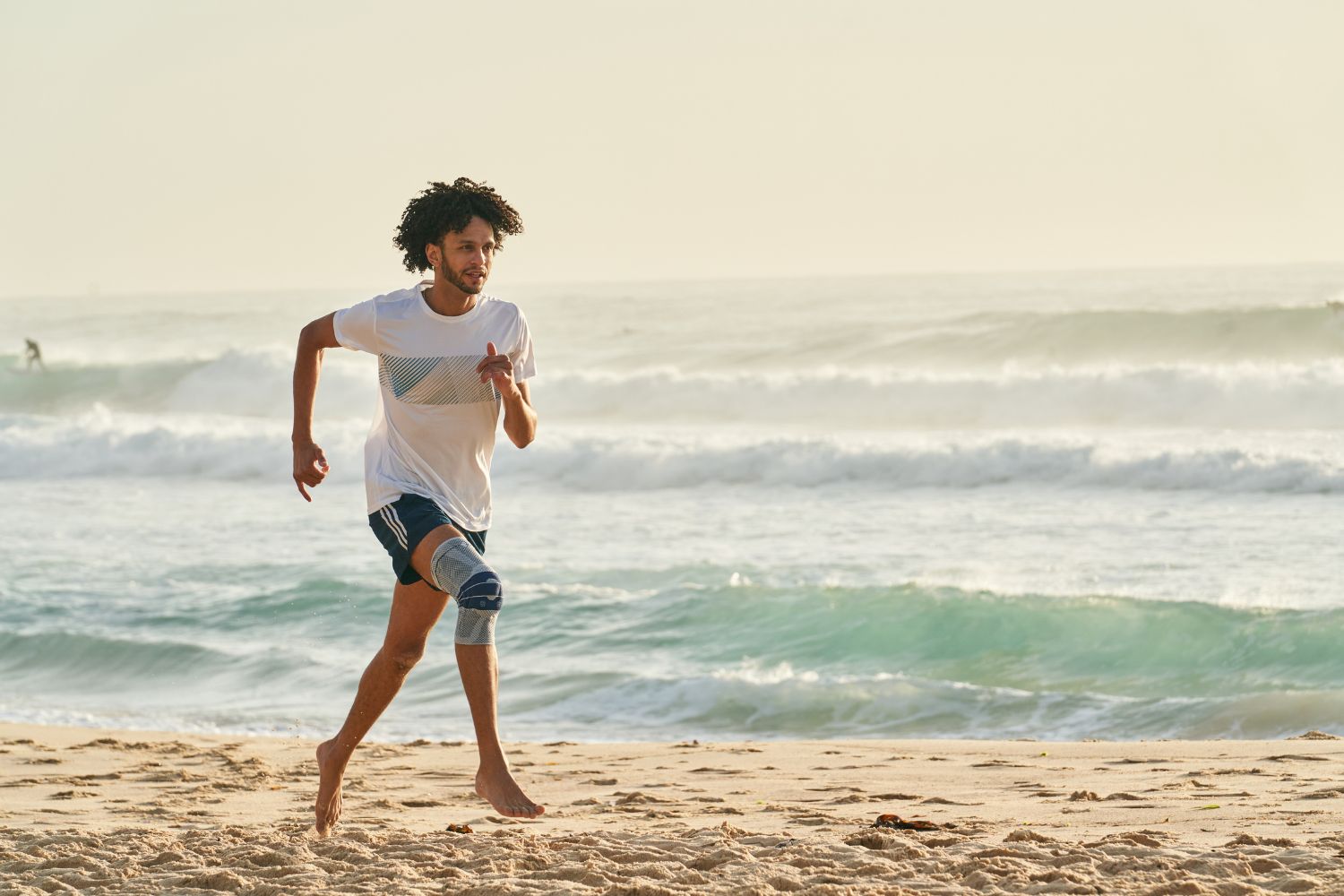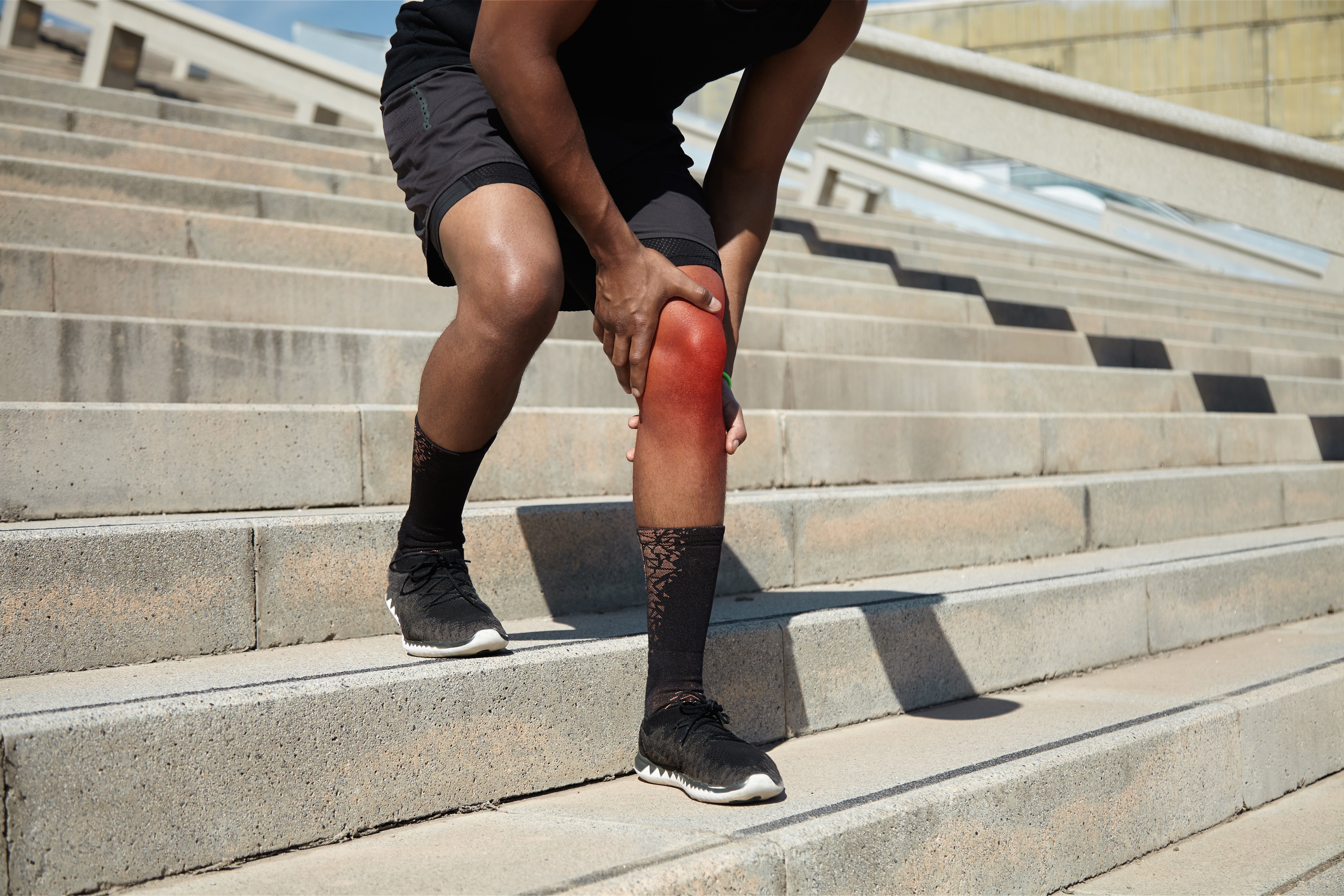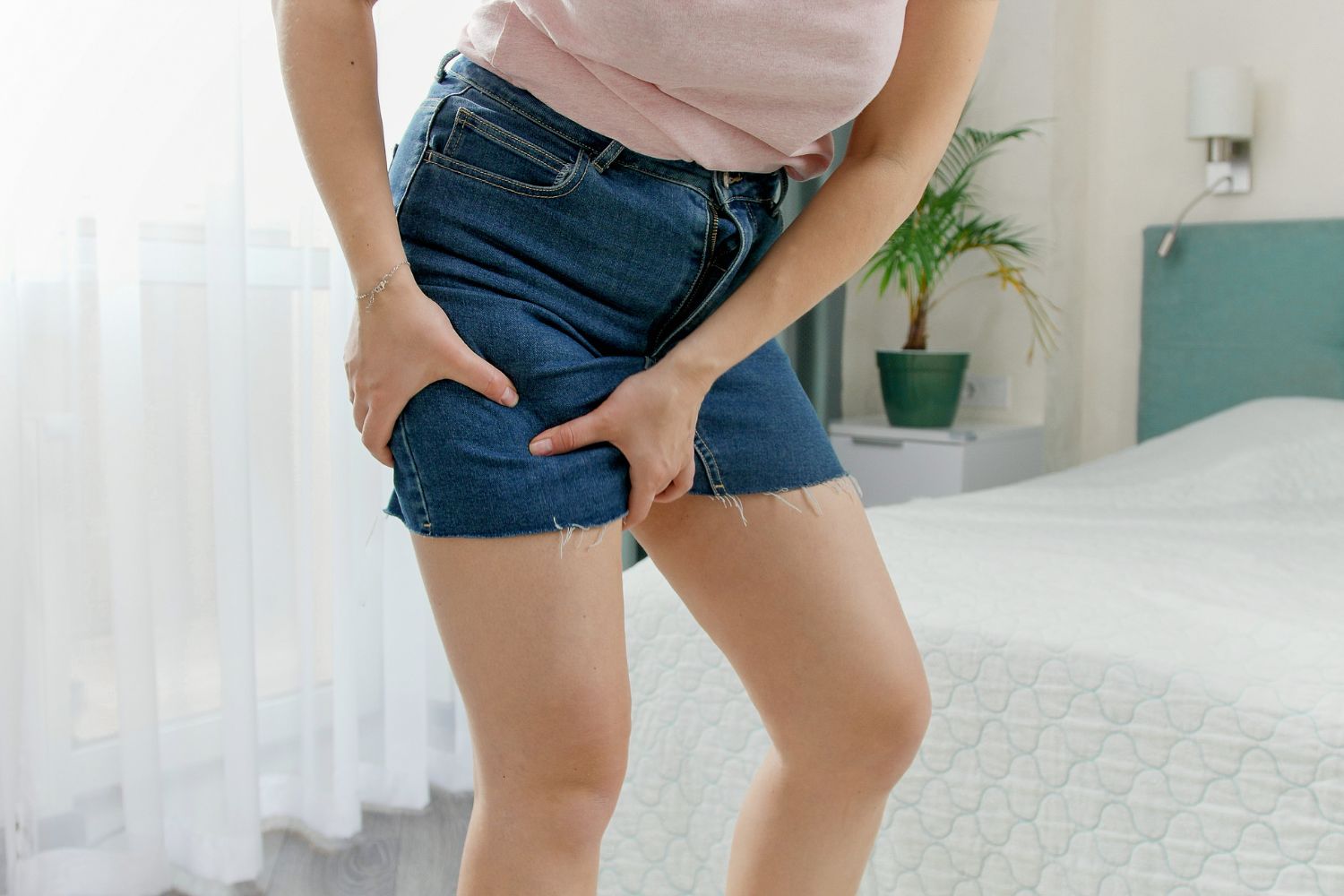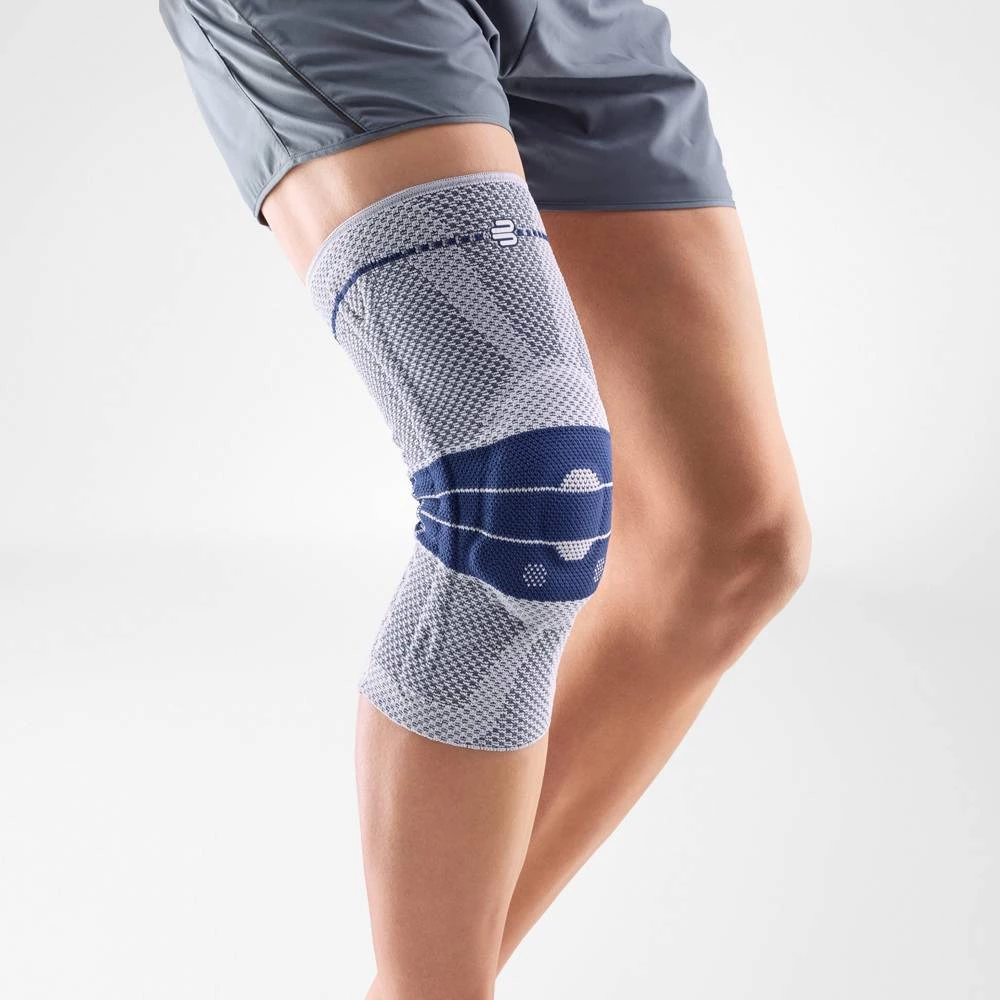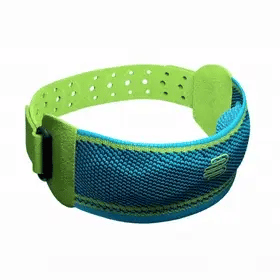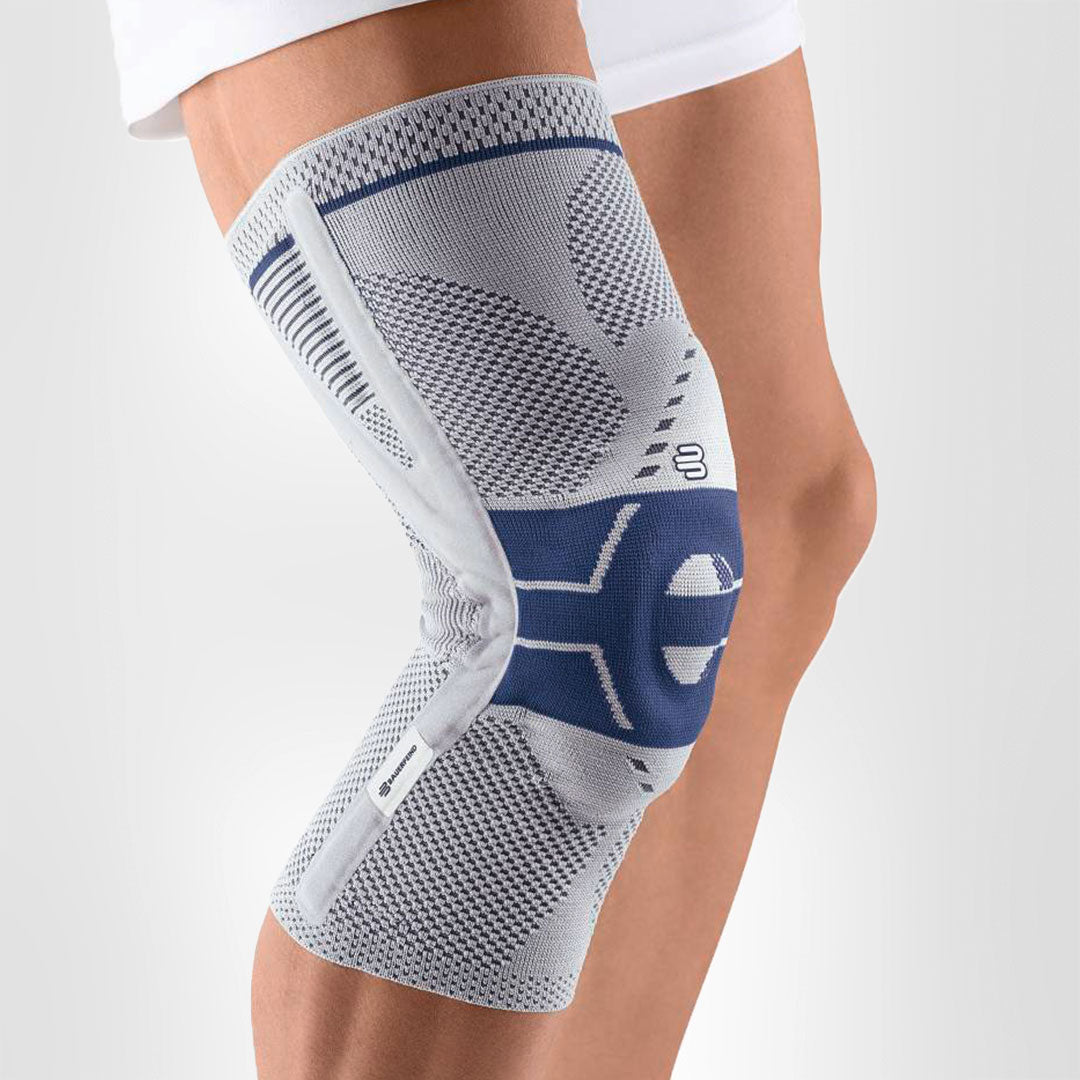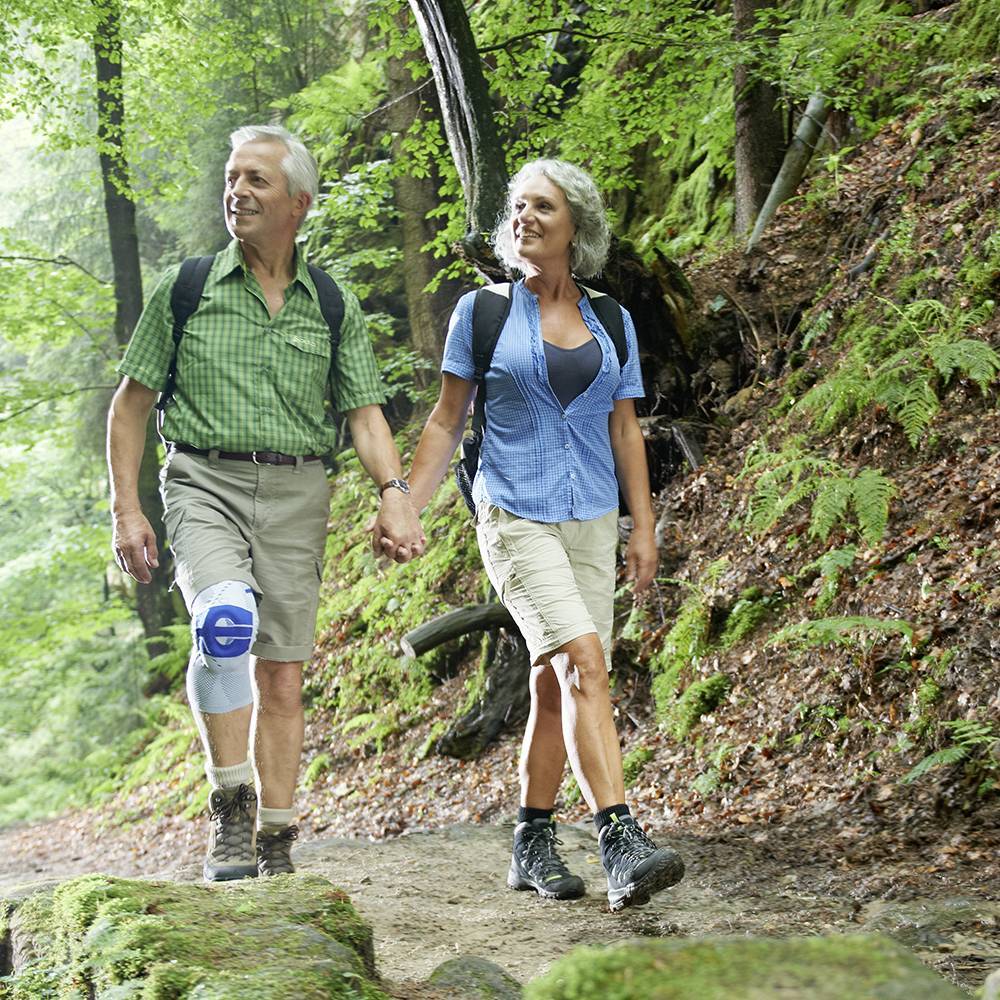The knee is the largest joint in the body and one of the most easily injured. It comprises four main components: bones, cartilage, ligaments, and tendons. Many of these structures can be susceptible to injury and pain. If you’re dealing with knee pain from running, here are some potential causes and steps you can take to relieve it.
Common Causes of Knee Pain When Running
Runner’s Knee
Runner’s Knee pain is caused by irritation of the soft tissues or lining of the knee, strained tendons, or worn or torn cartilage. As such, it’s not a singular condition like patellar tendonitis but an umbrella term for various conditions that may be causing the pain.
Jumper’s Knee
Jumper’s knee, also known as patellar tendonitis, is an overuse injury caused by the inflammation of the patellar tendon. Usually, the individual will feel pain and swelling around the front of the knee.
Pes Anserine Bursitis
Pes anserine bursitis is caused by inflammation of the bursae, which are fluid-filled sacs that cushion the joint. This particular bursa sits between the tibia and the tendons of the hamstring. Inflammation and swelling can arise when the bursa is irritated from overuse, making it grow rougher and irritate surrounding tissues.
Iliotibial Band Syndrome
Iliotibial Band Syndrome is the tightening of the IT band. This tough band of connective tissue runs from your knee to your pelvis, helping extend, abduct, and rotate the hip. When this band tightens (commonly from overuse and sometimes from poor mechanics or footwear), it will cause pain outside the hip and knee.
Pain in the knee when running: what to do
See a specialist
If you have suffered from an injury, we recommend you visit a doctor or a specialist to determine the cause and attain a more detailed recovery plan.
RICE
Rest, Ice, Compression, and Elevation are excellent at-home methods to address pain and injury. Rest will take the strain off the joint, helping the tissues mend. If your knee is in pain after a run, apply an ice pack to the area. Wrapping the ice pack with a towel or another material is best to avoid damaging the tissue with the cold. We suggest cooling your knee for a maximum of 20 minutes and having the knee elevated to reduce swelling. Compression supports and knee braces can also help, as compression fights swelling while boosting blood flow to damaged tissues.
Knee braces for running pain

GenuTrain Knee Brace
Ideal for milder strains and aches, Runner's Knee, Jumper's Knee and Osgood Schlatters. The brace provides mild pain relief and stability to the knee joint. It incorporates a specialised gel pad with integrated massage points that help relieve pain in the patella tendon and meniscus. It has a light and more comfortable weave that allows for all-day wear and is perfect for both day-to-day activities and exercise.

GenuPoint Knee Strap
Whether the pain stems from tendinitis caused by the sport you play, Runner’s Knee, or just a dull ache from general overuse, the GenuPoint knee strap is perfect for targeting and relieving that pain. With an adjustable anatomical strap for comfort and a no-slip fit, the GenuPoint also has a unique gel pad with four massage points that actively stimulate the patella tendon to relieve pain, reduce inflammation and stabilise the knee cap.

GenuTrain P3 Knee Brace
It is ideal for patellar instability and pain, moderate to severe patellofemoral pain, and mild instability. The GenuTrain P3 Knee Brace is perfect for people who want to give their all physically without patella issues and pain holding them back. It incorporates firm medical compression that maximises muscle output and minimises fatigue.
Knee pain from running: how to prevent it from recurring
There are definitely other factors to consider to prevent further damage as you return to running.
Footwear
Shoes are a critical contributing factor. A running shoe should provide adequate stabilisation and cushioning to limit harmful impact forces and movements as the foot strikes the ground. We recommend replacing your shoes every 500-800km or so to ensure they still support you as well as they should.
Terrain
One of the beauties of running is that you can run on any surface. Although, not all surfaces are the same. Grass provides a softer surface to protect from impact stress, but makes the ankles and knees work harder to keep you stable. Concrete is one of the hardest surfaces you can run on, but it provides a stable surface that can lower your risk of certain injuries. Asphalt and synthetic track are usually the best of both worlds, being softer than concrete but more stable than grass. Try out different terrains to see which your knees agree with the most.
Overtraining
Overtraining can be detrimental to the body and your joints. We do not recommend increasing the exercise difficulty too quickly; rather, you should progress steadily to avoid injury. Some ways to gradually increase difficulty include increasing speed or duration or doing interval training. Make sure to only increase in 10% intervals weekly. We also recommend adequate rest days to give your body enough time to rest and recover properly.
Lack of stretching and warming up
Like with any other form of exercise, a warm-up before a run is essential. Warming up before going for a run has been proven to increase fluid in the joints, which causes less friction, improves muscle control, and increases blood flow to the muscles.
When warming up for running, you should consider three key muscle groups: the quadriceps, hamstrings, and calves. Special consideration should also be given to the glutes and the hip adductors as they help stabilise the knees whilst running. You should prioritise giving these muscles adequate blood flow before beginning your run to reduce the risk of a knee injury.
- Crab walks
- Wall sit
- Glute bridges
The function of the gastrocnemius (calf muscle) is to flex the knee, hence why it’s important to warm up the calves for knee-based injury prevention, too.
To sum up
Knee pain from running is very common. Bad shoes, rough terrain, tight muscles, or even a defect in the knee or ankle can cause a flare-up that interrupts training. Fortunately, bracing, RICE, and checking in with a specialist can speed up recovery and facilitate your return to sport.

